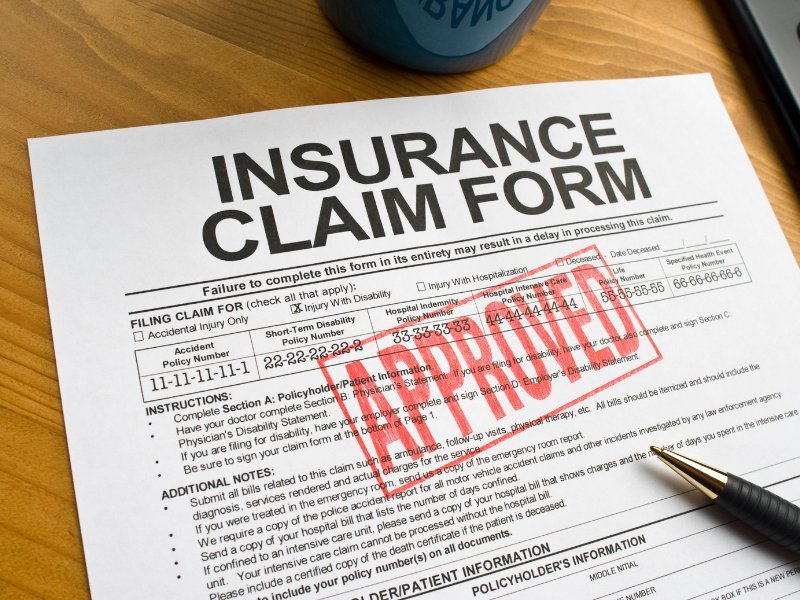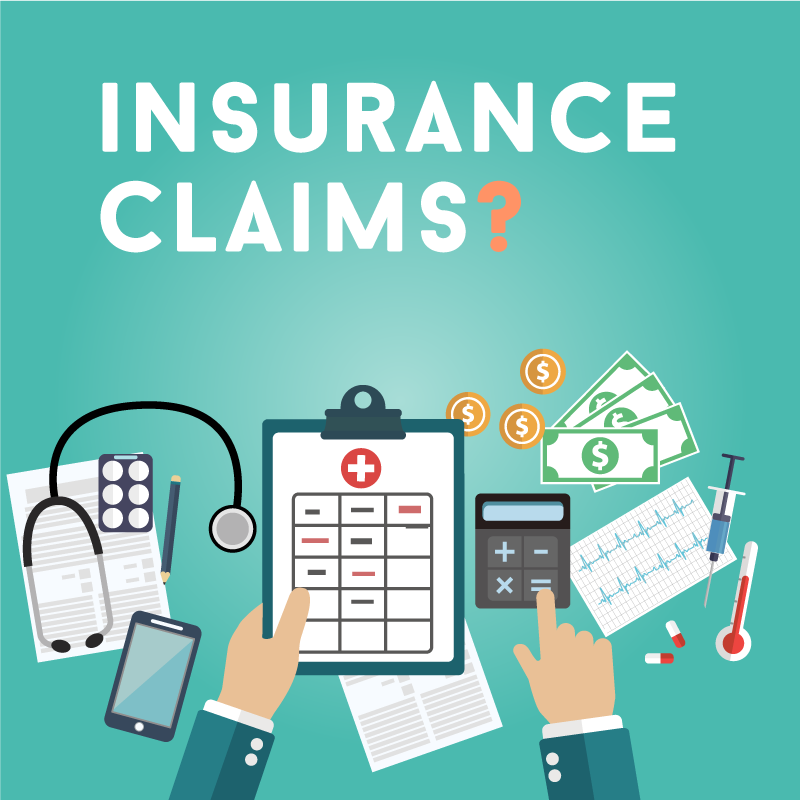Advertisements
In this comprehensive article, the author highlights the most commonly encountered points related to the insurance claim process. Each case has unique characteristics, and insurance policies have different coverage levels depending on your choices when purchasing.
Table of Contents
ToggleA. Insurance Claim Process

Advertisements
- Understand Your Insurance Policy
- Read and understand your insurance policy to know your benefits and obligations under the insurance claim process.
- Submit Your Claim
- Inform your insurance company about the incident as soon as possible. Most companies provide links for filing claims. Follow the link and fill in all the requested information and evidence (mostly information, photos, reports, etc., gathered after the accident, mentioned in Article 3 of the insurance claim process).
- Processing Procedure
- The insurance company’s adjuster will contact you to determine the amount the company will cover and guide you on the next steps in the insurance claim process.
- Fault Determination
- The company will determine the fault of the parties based on the information you provide, according to legal standards (Insurance Act and Fault Determination Rules). This will be recorded in the provincial system as part of the insurance claim process.
- Impact on Premium
- If your fault level is 50% or more, your premium may increase. Even if you lend your car and the driver is more than 50% at fault, the accident will still be recorded on your record, affecting your future insurance claim process.
- Disputing Fault Assessment
- If you disagree with the insurance company’s fault assessment, contact the adjuster and ask them to provide the information and legal basis for their assessment. If the company refuses to change it, you can request a meeting with the company’s complaint handling department to discuss the insurance claim process.
- Traffic Violations
- Traffic violations (e.g., running a red light, speeding) may or may not affect your insurance. Fault assessment depends on the case and legal regulations, and this will influence the insurance claim process.
B. Compensation Levels for Liability Insurance

Advertisements
- Injury or Death
- The Accident Benefit clause applies regardless of whether you are at fault or not. Compensation may include replacement income, medical and care costs, death and funeral costs, and costs for dependents, all of which are part of the insurance claim process.
- Vehicle and Property Damage
- Compensation level will be based on the percentage of fault not attributed to you. An adjuster will evaluate the percentage of fault according to legal standards. For example, if you are 40% at fault, you will be compensated up to 60% of the damage value within the insurance limit. The DCPD (Direct Compensation Property Damage) clause in the insurance policy will be activated, allowing you to work directly with your insurance company for compensation; compensations may include rental car costs during the repair period and repair costs and compensation for damages inside the car as part of the insurance claim process.
- Uninsured Drivers
- If the driver causing the accident is uninsured, you must record their information (name, address, phone number, driver’s license number). The “Uninsured Automobile” clause in the policy will apply, and the company will compensate you for damages within the contract limits through the insurance claim process.
C. Compensation Levels for Comprehensive Insurance
- Comprehensive Insurance Coverage
- Includes all liability insurance clauses plus the “Loss or Damage” clause. This clause supplements the mandatory clauses in the liability insurance policy mentioned above, specifically compensating for physical damages to your car based on the percentage of fault. For example, if you are 40% at fault in a collision, the mandatory insurance clause only compensates 60% for the percentage you are not at fault; this optional clause will compensate the remaining 40% based on the insurance level you choose to buy as part of the insurance claim process.
- All-Perils Package
- Covers your car under two groups: Collision or Upset (protects your car when it collides with another vehicle or obstacle) and Comprehensive (protects your car from damage or loss due to external factors such as fire, lightning, storms, hail, flooding, collisions with road obstacles, and theft) as part of the insurance claim process.
Conclusion

This summary covers the most common cases in the compensation process and the responsibilities of you and your insurance company in the event of an accident, all part of the insurance claim process. For more detailed information, refer to the FSRA link. If you have any questions, leave them in the comment section below, and we will try to support and explain within our knowledge scope.
Follow Kash Base for more useful information on the insurance claim process!
Advertisements
